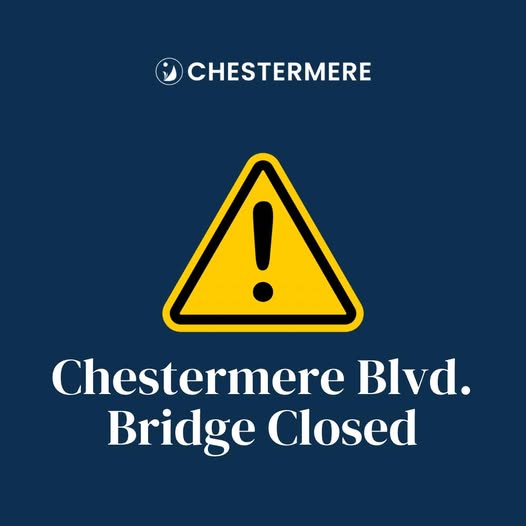A public hearing was held during the Dec. 17 regular meeting of council, which gave Chestermere residents, landowners, and business owners a chance to express their thoughts and concerns regarding bylaw 028-19, which is an amendment of the Land Use Bylaw 022-10.
The principles within the new vision include making Chestermere’s downtown a focal point for activity, promoting the downtown as the centre for civic life, developing the downtown as an urban, walkable hub with transit, housing, and establishing a strong economic node.
“All of the affected landowners and adjacent landowners were sent a notification of the proposed bylaw,” said Senior Planner of Community Growth and Infrastructure, Karl Mielke.
“This is the starting point. Essentially this is pressing the pause button when you know you have a problem, taking a step back, and thinking about how to best and most responsibly address that problem,” Mielke said.
Adding, “We’re not even pressing the pause button, we’re changing the approving authority.”
Additional engagement with residents, the Chestermere Chamber of Commerce, landowners, and business owners will be completed in the next step of the process.
“Engagement is required, and it’s a very important part of the planning process, but there isn’t a lot of value in doing extensive engagement for this bylaw as the starting point. The value of doing engagement comes in the next step,” Mielke said.
“We fully intend to work with all of the landowners, business owners, the Chamber of Commerce and residents to arrive at the right outcome,” he said.
The only remaining undeveloped waterfront commercial sites in Chestermere are next to John Peake Park next to a storm pond, public art feature, city hall, and grocery store.
The intent for the site is to create either a commercial horizontal mixed-use development or vertical mixed-use development on the site.
Mixed-use developments can include having a retail store on the ground level, with either apartments or office spaces on top, sometimes with underground parking.
By implementing a mixed-use commercial site, downtown will provide a focal point for future community activity.
As the community grows, the mixed-use commercial downtown site will have to be redeveloped to increase housing options, intensities of use, while promoting a pedestrian-friendly urban hub.
The downtown area could also serve as a destination for regional and local transit and provide services for the community.
Chestermere City Council was presented with multiple options such as rezoning parts of the Town Centre District’s control, which would make council the approving authority until a comprehensive rewrite of the Town Centre District is completed.
The first option presented to council would begin with the direct control bylaw. Council would then direct staffers to begin a land-use bylaw realignment with the Municipal Development Plan (MDP).
Engagement with stakeholders, landowners, and the general public would follow.
Under the second option, council would direct administration to conduct a third-party market study of the Town Centre District to determine what types of developments are possible. The study would be city-funded and could cost $35,000.
The second option would also involve stakeholder and community engagement. Following the Land Use Bylaw amendment, council may wish to remove some areas of the Town Centre District from direct control.
The third option begins with direct control. Prior to the Land Use Bylaw amendment an Area Redevelopment Plan (ARP) would be initiated for the Town Centre District.
The ARP process would take one to two years to complete with a base cost of $150,000.
The third option would also involve stakeholders, landowner, and public engagement.
Like options one and two, following the Land Use Bylaw amendment, council may wish to remove some areas of the Town Centre District from direct control.
The proposed bylaw could lead to vacant sites remaining undeveloped until a comprehensive alignment of the Town Centre District with the MDP is completed.
“We need to have a plan for what happens after the direct control bylaw,” Mielke said.
“This direct control bylaw alone will not solve the problem. This is not the endpoint, this is the starting point,” Mielke said.
Adding, “All three options begin with the direct control bylaw, and they end with the possible removal of the direct control bylaw.”







